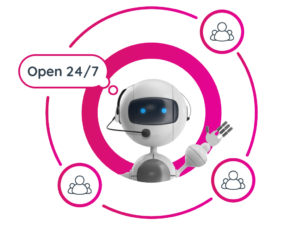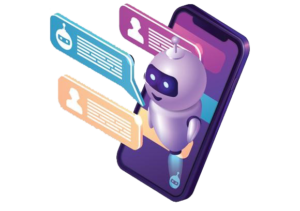
Key Components of AI-Powered Chatbots
Key Components of AI-Powered Chatbots: Chatbots powered by artificial intelligence (AI) have revolutionized the way businesses interact digitally with their customers. These intelligent virtual assistants can simulate human speech and provide timely responses and customized support. Their efficacy and efficiency come from a variety of crucial components that work together to ensure their seamless operation. Let’s look at the main elements that power AI chatbots:
Natural language processing is the cornerstone of AI-powered chatbots’ ability to understand and interpret human language (NLP). Through the use of natural language processing (NLP), chatbots can comprehend, analyze, and respond to user input in a pertinent manner. This component consists of several subfields that assist in making the chatbot comprehend and generate human-sounding discourse, such as entity recognition, sentiment analysis, and language understanding.
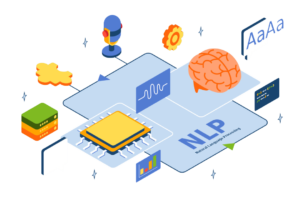
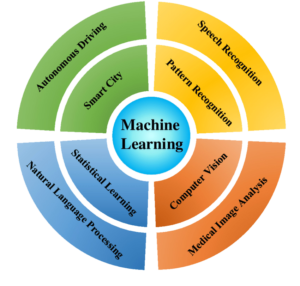
Thanks to machine learning techniques, chatbots may learn new information regularly and improve over time. By evaluating large volumes of data, these algorithms enable chatbots to become more conversational, understand user preferences, and adapt to changing circumstances. With the use of machine learning, chatbots may respond more intelligently, tailor their exchanges to individual users, and adapt to changes in human behavior.
Effective conversation management is necessary to keep talks on topic and relevant to their setting. This section regulates the flow of the conversation, ensuring that chatbots can easily switch between topics, remember previous exchanges, and manage multi-turn talks. Dialogue management systems include state monitoring and context preservation as key components to provide seamless, natural interactions.
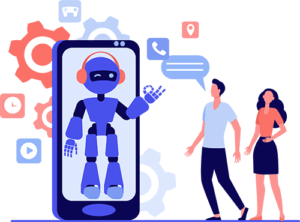

To get information and provide accurate answers to user queries, AI chatbots typically connect with databases or knowledge bases. By use of these interfaces, chatbots may obtain real-time information, including corporate policies, troubleshooting instructions, and product data, thus enhancing user experience and streamlining query response.
Understanding the user’s sentiment is crucial to providing individualized and considerate responses. Using sentiment analysis components, chatbots may identify the emotional tone of user messages and adapt their user engagement accordingly. When chatbots recognize emotions such as urgency, satisfaction, or displeasure, they may adapt and offer empathetic support.
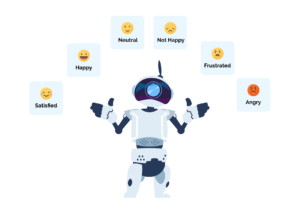
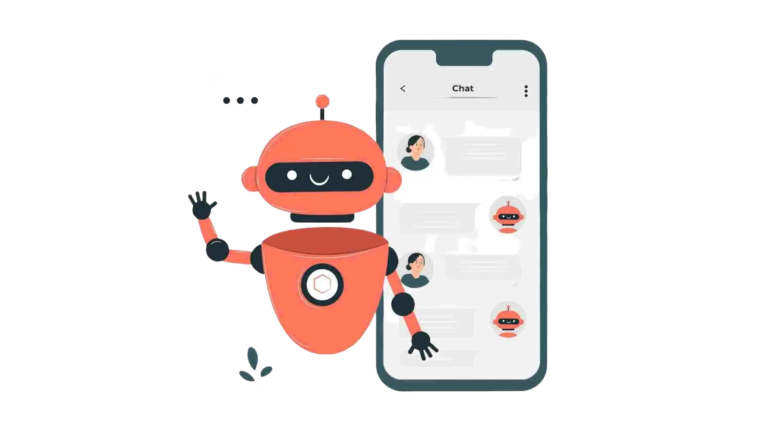
NLG is the process by which chatbots generate responses that seem human-like based on the interpreted input. This phase comprises converting the insights and structured data from the system into a language that is understandable and appropriate for the surroundings. Chatbots can employ natural language generation (NGL) to deliver dynamic, customized responses that captivate and educate consumers.
In summary, the integration of these fundamental components establishes the foundation for AI-powered chatbots, enabling them to comprehend, engage, and assist customers with remarkable simplicity. As technology develops further, these components will become even more optimized, ushering in a new era of intelligent virtual assistants that will revolutionize customer interaction.
Remember that the creation of AI chatbots is an ongoing process, and as these fundamental components improve, so too will the features and uses of chatbots powered by AI in a variety of industries.
